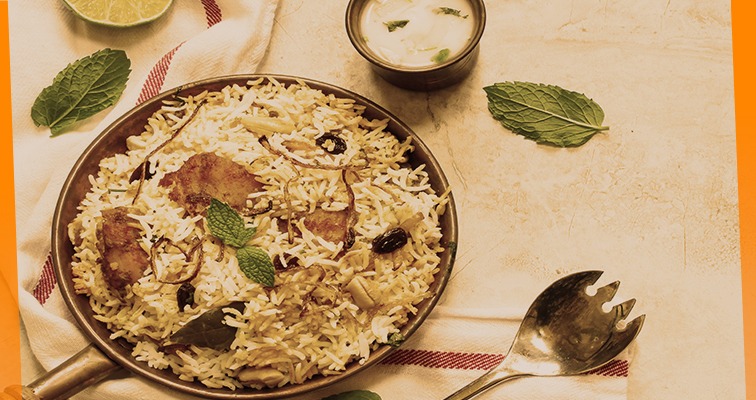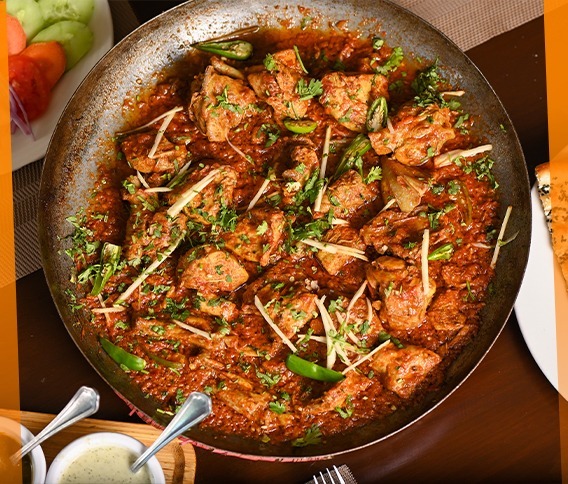
The origin of Biryani is still a mystery to resolve and is a topic of debate among food enthusiasts. However, when it comes to the taste of this delectable rice dish, there is no argument. Its tantalizing flavors and fragrant aroma have united nations and transcended differences. You can resolve conflicts and make great connections just over a plate of Biryani.
The history of Biryani consists of multiple theories. One theory suggests that the word "biryani" is derived from Persian word “birian” that means “fried before cooking.” It is believed that Biryani made its way to the Indian subcontinent through ancient Persian traders. However, Mughals get the full credit of its spread and love among the people of sub-continent and beyond.
Another viewpoint proposes that it was originally invented by Mughal Empire and the idea was inspired by Mumtaz Mahal, the Queen of Emperor Shah Jehan.
While visiting the Indian army barracks, she noticed that the soldiers were very malnourished. So, she asked the chef to make a meal that had both meat and rice, ensuring it would give them a good mix of nutrition and protein. This is how our beloved Biryani was introduced to the world, reportedly.
Moreover, it is also assumed that it was invented in South India where it was named as ‘Oon Soru’ or ‘one-pot meal '. According to this perspective, biryani was originally crafted by Muslim rulers in South Indian kingdoms. Later on, it found its way to North Indian cuisine when the Mughals changed its destiny and changed it into a meal of joy and celebrations.
Today, Biryani is a huge part of heritage in many cultures around the world. The history of biryani is a journey through time, taste, and cultures. While its origins may remain a tantalizing mystery, the legacy of biryani continues to transcend borders and generations.





